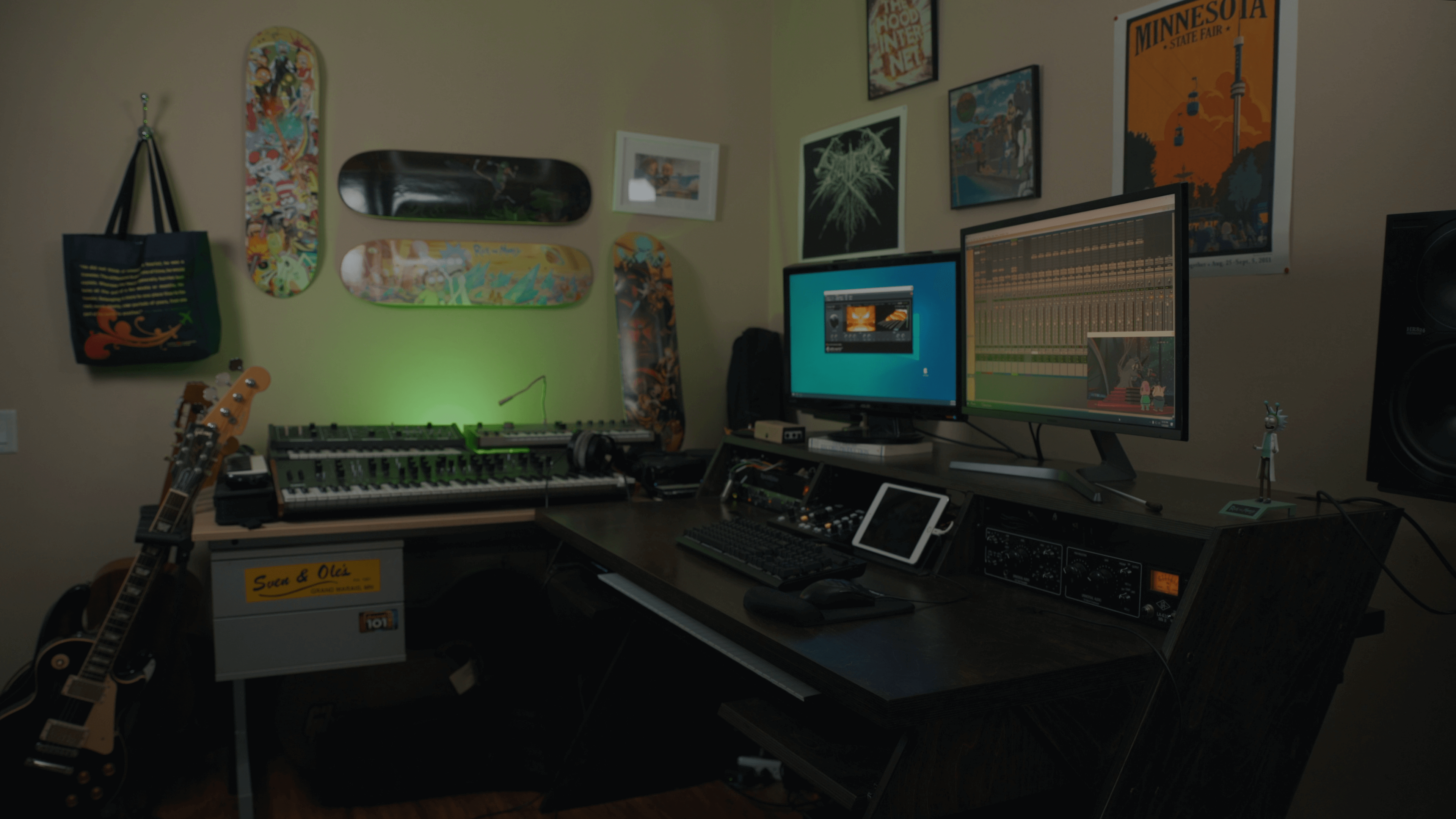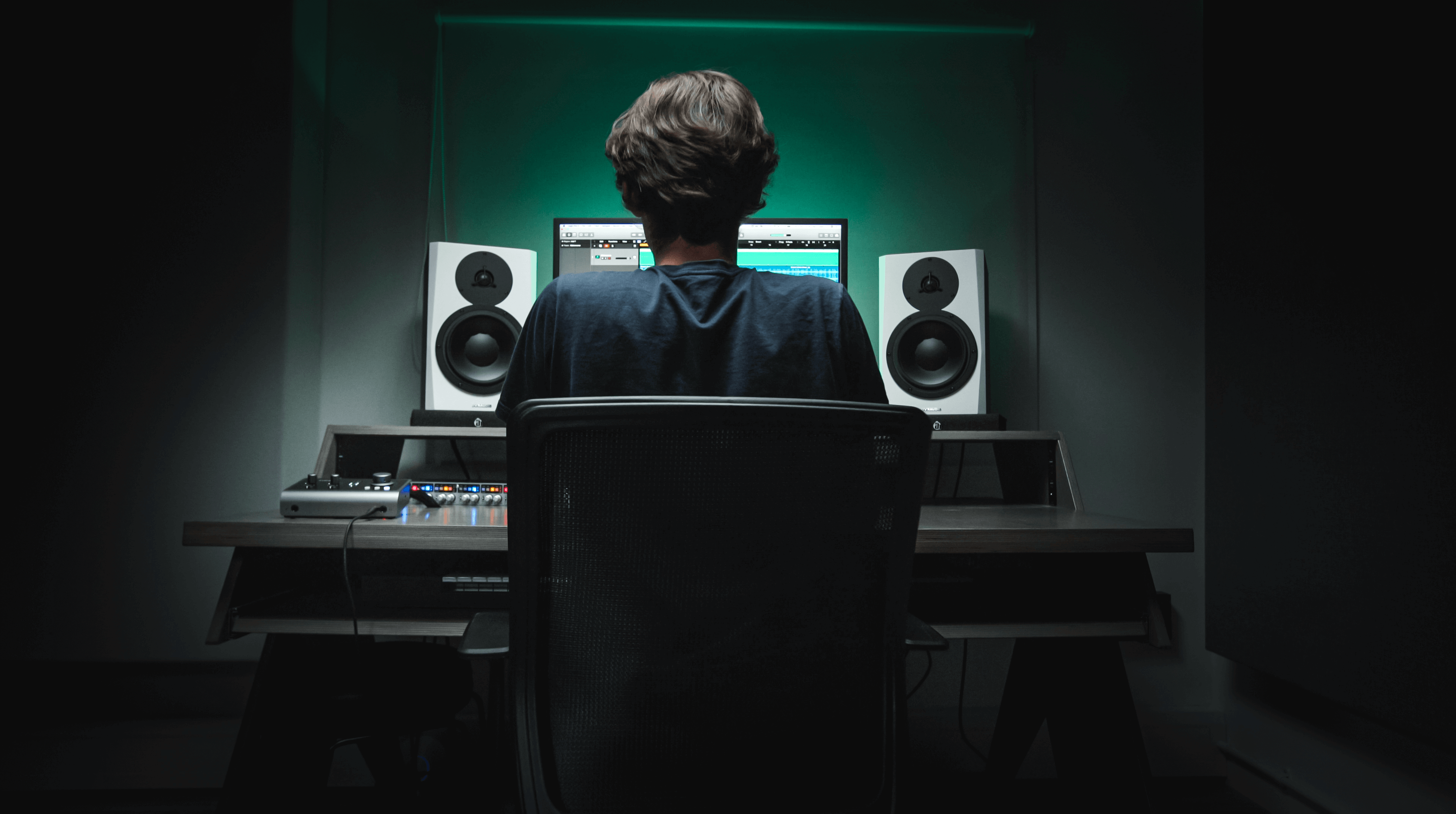What modern and vintage synths do you currently own?
What modern and vintage synths do you currently own? Why do you own the ones you do?
In my music I like to combine modern and vintage synthesizers. Some modern synthesizers I like to use are the Prophet 12, Prophet 08 and Prophet X.
For vintage synthesizers I like the 70’s and 80’s sounds that are produced by the Roland Juno 60, Polymoog 203A, Korg PE-1000 and Digital Keyboards Synergy DKI.
What’s the benefit of using a vintage synth?
What’s the benefit of using a vintage synth? What are the downsides of them?
The main downside of them is anything could break any moment using an electronic instrument that’s over 30 years old.
The benefit is that when everything works, it’s very inspiring to use a little piece of history in the studio and to learn what the production process was like back then. It’s nice to use these techniques in to your own work.
I think there is this nostalgic quality I get from playing vintage instruments. I love reading the liner notes of my favorite records from artists like The Yellow Magic Orchestra, Isao Tomita, Wendy Carlos, Vangelis, Hideki Matsutake… I would look up which equipment they used in the studio to create the music on all these classic albums.

A couple of months back I was reading an old article about Wendy Carlos and how she dedicated creating sounds with her Digital Keyboards Synergy; a very rare early digital synthesizer from the 80’s. I had the chance to buy one and over time I collected all the original “Carlos” cartridges which contain sounds she created decades ago.
The sounds were used on her albums for the Tron soundtrack and ‘Beauty in the Beast’. When I listened and played these sounds for the first time, it was incredible to learn how much effort went into creating these sounds.
3. A Quick Word On Panning
Why would you use a vintage/hardware synth over a software synth?
Personally I think it’s more fun to work with an actual psychical instrument. I like it that it’s right in front of me, waiting to be played and explored. Everything is moving so fast with software, and it’s hard to keep up.
It’s easy to get lost in all the new stuff out there. It’s tempting to fill up your software plugin library, but I like to get the most out of what I already have, even though I can’t say I have a minimal set up!
But I do use software synthesizers. I love the stuff from Spectrasonics and I still use the Korg Legacy Collection. Having a hybrid studio of the best of both worlds is really the way to go for me.
4. The Best Place To Start
How does using hardware synths change your workflow?
I record all my synthesizers without any midi. Some of the vintage ones don’t even have midi, but I am used to it now. I do everything very directly: this way, I get a more human feel in my songs and I like to think I am training myself to play better.
I own quite a few synthesizers with each its own character and strength. For example If I have an evolving pad sound in my head, I would turn to my Prophet 12, or if I am searching for a particular string sound, I would turn on my Polymoog.
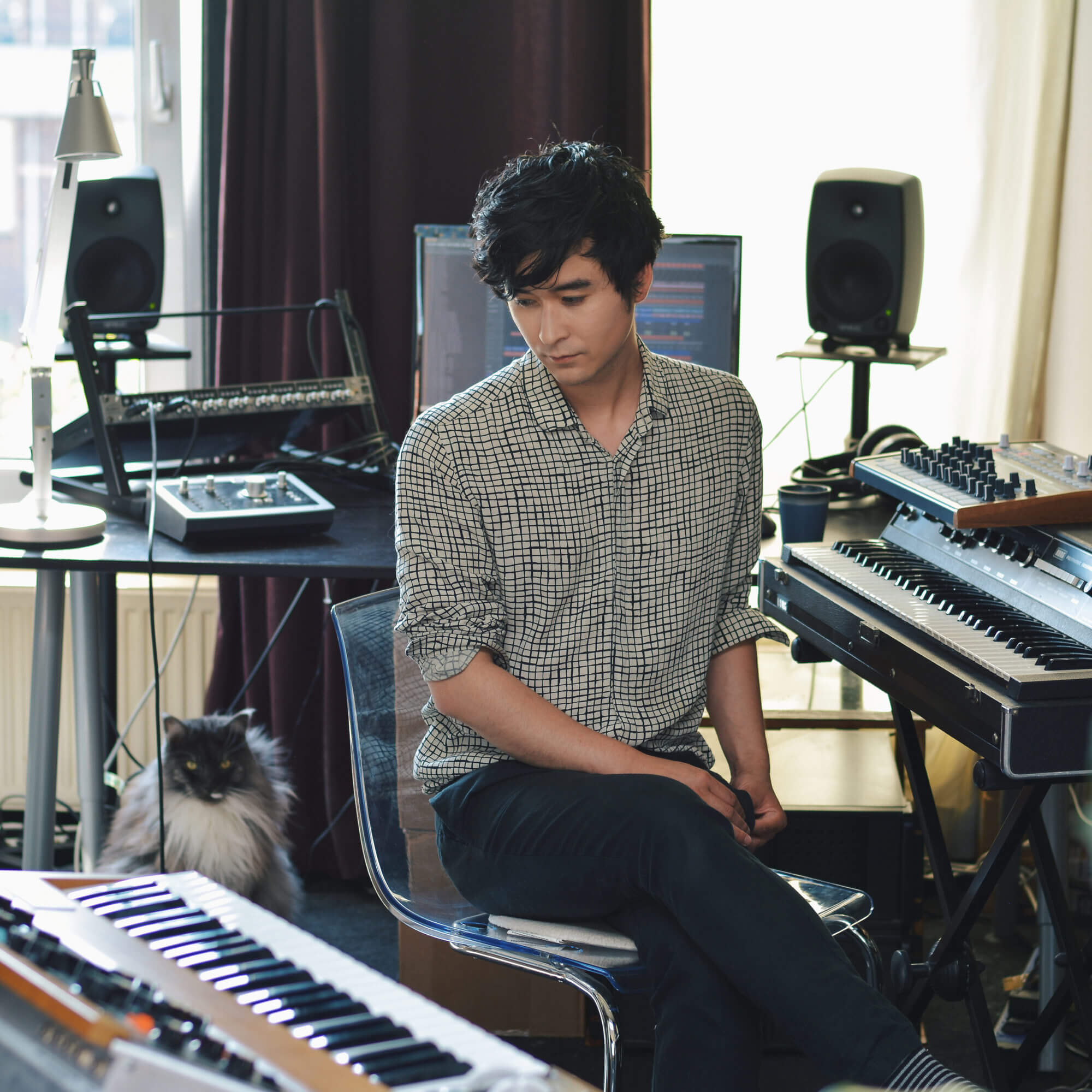
For some songs I would dedicate the bass part to the Moog Model D, but sometimes this kind of sound doesn’t work and using a different synthesizer changes the whole color of the song. My workflow can be very slow sometimes too because sometimes I dedicate a whole day recording just one element of a song. And it can happen that the next day, I don’t like it, and I have to start all over again.
Sometimes it just works the first couple of takes, and I can have a song done in one day. Other times I really have to search for colors, to set the tone of the whole song. But eventually, it’s always very rewarding when I get it right.
5. A Sense Of Space
How does playing the music rather than programming it affect what you write?
I come up with most of my ideas sitting in front of my piano. Most mornings I wake up, make a cup of coffee, sit down and play on my piano for a while.
When I come up with a new melody I record the idea with my recorder or write it down on sheet music. After this I decide if I want to to include electronic elements like synthesizers, drum computers etc.
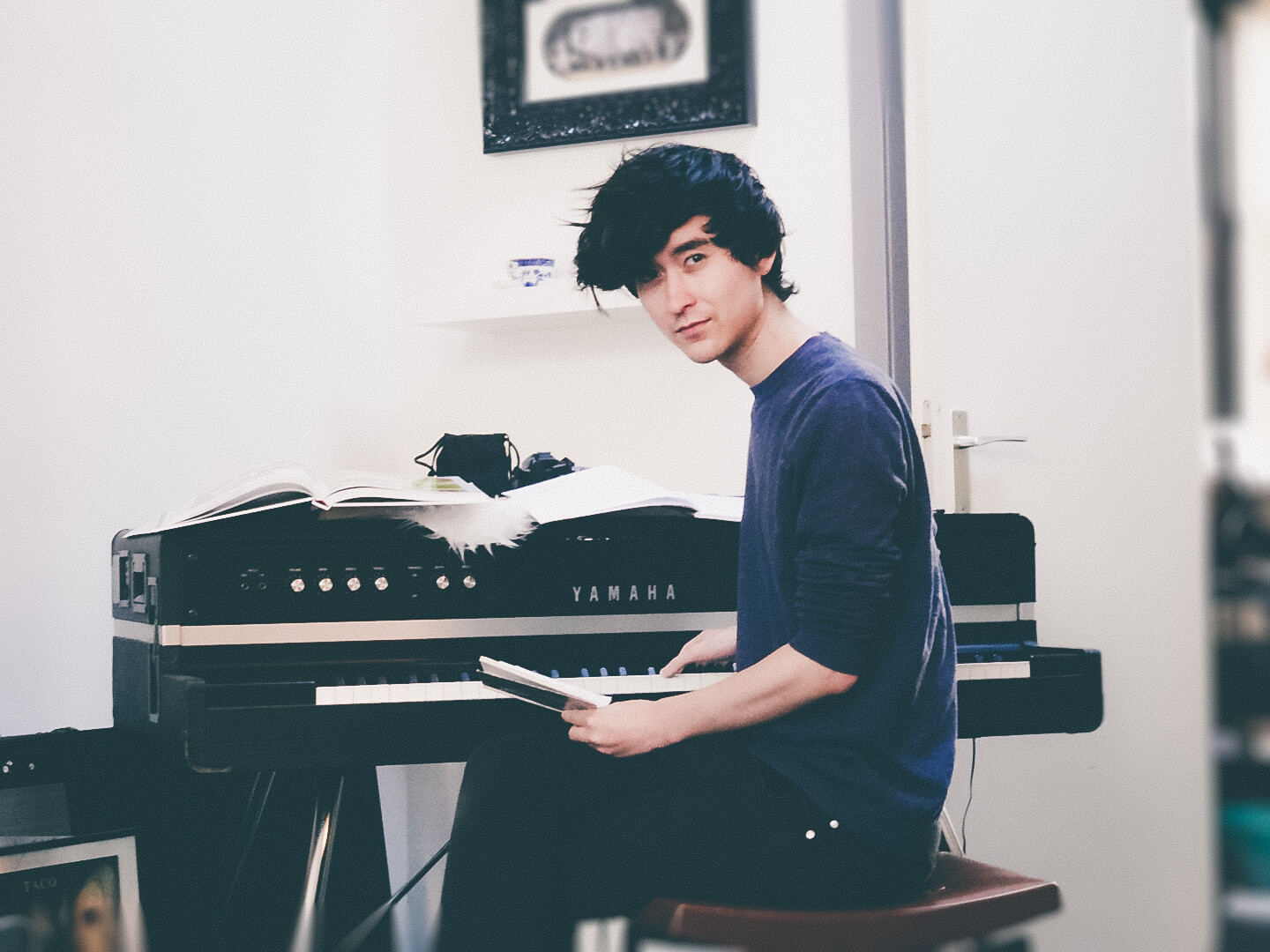
At the moment I like to combine electronic elements with the sound of acoustic instruments, like the piano. I take my recorded piano composition, and then I add in electronic instruments. This creates a natural sound that accentuates emotions and makes the composition more powerful.
In Conclusion
Any examples of using vintage synths in your latest album? Could you explain how you programmed a synth in a particular song?
I used a lot of my Moog Model D on my latest album “Bicycle Ride”, especially on the song ‘Between Spaces’. When I was hospitalized for many months because of my illness I kept hearing so many noises around me from the hospital equipment.
Stuff like heart rate and blood pressure monitors etc. I had this idea to kind of recreate many of these sounds but use them in a melodic way. I thought about recording tons of different arpeggios within a musical piece that would counterpoint to create rich ever evolving harmonies.
Eventually I used a lot of Moog Model D for a lot of the arpeggios and for some of the polyphonic sounds I used a Polymoog 203A with a Small Stone phaser to create this rich dreamy sound.
In Conclusion
What are your recommendations for someone who wants to get into hardware synths but doesn’t know where to start? What do you look for when buying one? What synth would you recommend buying first?
I would recommend beginning with a versatile synthesizer that can cover a lot of ground. You could look at stage pianos which can do basic synthesizer sounds but also cover pianos or other sampled sounds.
I would recommend going to a music shop, and trying out some, see what inspires you. If it inspires you to create music and have fun, then it’s good!
In Conclusion
How does using a vintage synth set you apart from someone using plugins?
I think I have more headaches working with vintage synthesizers because of the repair bills! In all honesty, It doesn’t really matter how you create music, just as long as you are feeling good about it and that it inspires you.
For me using a combination of modern and vintage instruments works, but that doesn’t rule out other means of creating music. I think it works very well in the type of music I want to create, which is inspired by music from the 70’s and 80’s.

I think having instruments from that era in the studio certainly helps to create music inspired by that era. But nowadays there are so many great tools; sample libraries, affordable or even free software plugins that you can use to create great music with.
In Conclusion
How do you go about recording them? What’s your recording chain?
I mostly have just a few instruments connected to my recording chain depending on the sound I am after for my next record.
At the moment I have hooked up the Sequential Prophet X, Prophet 12, Fender Jazz Bass guitar and my Yamaha CP70B piano with a few microphones scattered across my room ready to record all kinds of acoustic sounds with.
They are all connected directly to my Audient ASP880. This is pretty much what I use now to create my new album.
In Conclusion
Listen to Shook’s latest single ‘Survivors’ below:
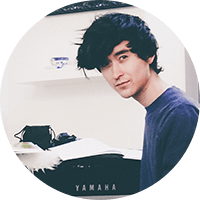
About the author
Jasper Wijnands a.k.a Shook is an independent producer, composer and musician based in The Netherlands. After graduating at the University of the Arts in Rotterdam Shook released his self-titled debut album and later released the synth-pop and jazz funk inspired Spectrum in 2014, from which Milestones was featured in the very first episode of Netflix series Better Call Saul. More info: https://www.shookmusic.com/
Our Products
-

2输入 | 2输出 音频接口
-

10输入 | 6输出 音频接口
-

6输入 | 4输出 音频接口
-

14输入 | 8输出 音频接口
-

10输入 | 14输出 音频接口
-

20输入 | 24输出 音频接口
-

24输入 | 32输出 音频接口
-

10输入 | 14输出 音频接口
-

10输入 | 4输出 音频接口
-

2输入 | 2输出 音频接口
-

4输入 | 4输出 音频接口
-

24输入 | 24输出 音频接口
-

开始录音所需的一切
-

8 通道智能前置放大器带 AD/DA
-

具有ADC的8通道麦克风前置放大器
-

具有 HMX 和 IRON 的 8 通道麦克风前置放大器
-

大型录音控制台
-

小型模拟录音控制台
-

小型模拟录音控制台
-

沉浸式音频接口与监听控制器
-

桌面监听控制器
-

环绕声控制器
